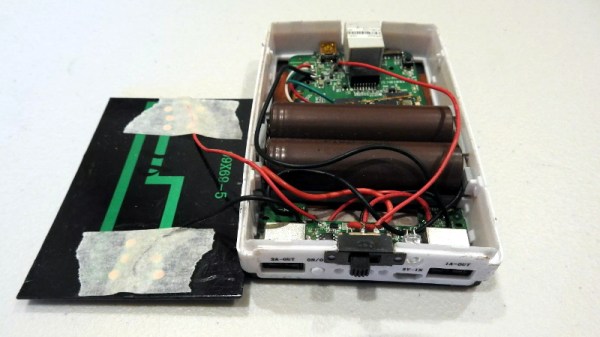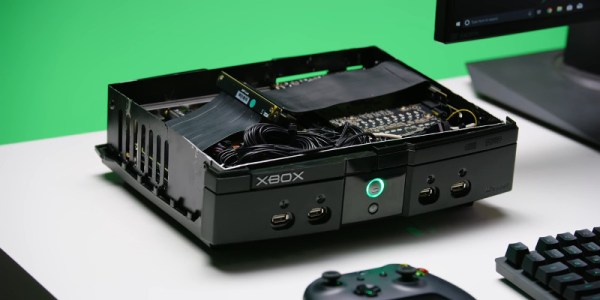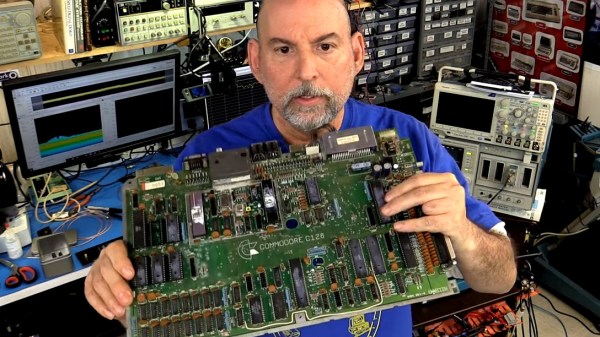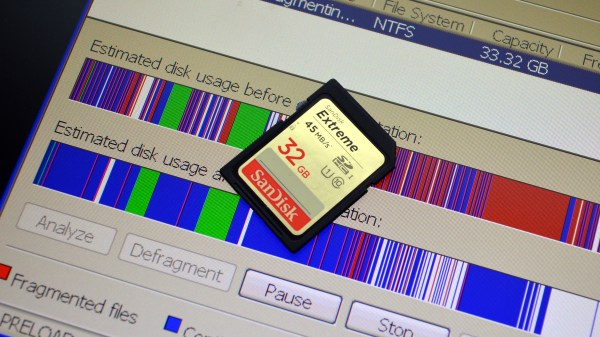When you think about all the forces that have to be balanced to keep a drone stable, it’s a wonder that the contraptions stay in the air at all. And when the only option for producing those forces is blowing around more or less air it’s natural to start looking for other, perhaps better ways to achieve flight control.
Taking a cue from the spacecraft industry, [Tom Stanton] decided to explore reaction wheels for controlling drones. The idea is simple – put a pair of relatively massive motorized wheels at right angles to each other on a drone, and use the forces they produce when they accelerate to control the drone’s pitch and roll. [Tom]’s video below gives a long and clear explanation of the physics involved before getting to the build, which results in an ungainly craft a little reminiscent of a lunar lander. The drone actually manages a few short, somewhat stable flights, but in general the reaction wheels don’t seem to be up to the task. [Tom] chalks this up to the fact that he’s using the current draw of each reaction wheel motor as a measure of its torque, which is not exactly correct for all situations. He suggests that motors with encoders might do a better job, but by the end of the video the little drone isn’t exactly in shape for continued experimentation.
Of course, dodgy reaction wheels don’t only cause problems with drones. They can also be a problem for spacecraft when the Sun gets fussy too.
Continue reading “Reaction Wheels Almost Control This Unusual Drone”


















